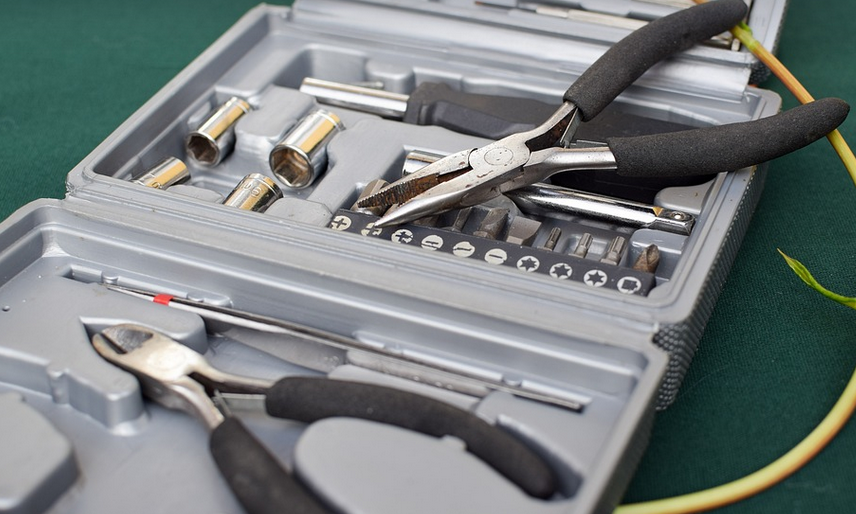What is Polygon Count, and Why Should You Care?
In the realm of 3D modeling, polygons are the building blocks that bring your creations to life. Think of them like tiny triangles – these interconnected triangles form the surface of any three-dimensional object you see in Blender or a professional game engine.
The polygon count is simply the total number of these fundamental shapes used to construct an object’s surface. It can be measured as a single value, and it often shows up in Blender’s “Object Info Panel,” along with other details like texture size, vertex count, and more.
So, why should you pay attention to this seemingly simple number? Well, the polygon count has a profound impact on your 3D model’s:
* **Visual Quality:** High-polygon counts can lead to smoother, more detailed surfaces with finer features. This is especially important for intricate models and realistic simulations. * **Performance Impact:** The more polygons an object contains, the more processing power it demands when rendered or manipulated within Blender, which ultimately affects frame rates, runtime, and overall rendering efficiency. * **Exporting & Compatibility:** When exporting your 3D model to different platforms or formats (like games, animation programs, or printed models), the polygon count can impact compatibility and how well it fits into various systems.
Understanding Polygons: Building Blocks of Your Models
Think about building a house from Lego bricks. Polygons are like these tiny pieces that come together to form walls, roofs, windows, and everything else in your model!
In Blender’s world, each polygon is a vertex (a point in space) combined with the edges connecting it to other vertices. These edges create the triangle faces that make up every surface of an object. As you add more polygons to a model, you increase its detail and complexity.
When building your 3D models, consider the following about polygon count:
* **Geometric Complexity:** Simple shapes (like cubes or spheres) have fewer polygons than complex objects (like a human figure with detailed clothing). The more intricate a model’s features are, the higher its polygon count will likely be. * **Style & Realism:** The style of your model plays a role. A realistic creature might require hundreds, if not thousands, of polygons to achieve its desired level of detail and texture. A cartoon character may need only a few hundred for its simplified design.
Navigating the Polygon Count in Blender: Tips for Efficient Workflow
Blender offers several useful tools for managing your polygon count effectively:
* **Polygon Remesh:** This powerful tool lets you re-triangulize complex meshes, smoothing polygons and reducing the overall count for improved performance. * **Subdivision Surface:** This technique adds extra detail to smooth out sharp edges and create smoother surfaces, while also reducing the polygon count in some cases. * **Edit Mode:** Blender’s edit mode lets you manipulate vertices directly. Use this tool for detailed sculpting or adding fine-grained control over your model.
Remember: The goal is to achieve a balance between visual fidelity and performance. Consider the level of detail you want, the platform you’re targeting, and how much processing power your system can handle.
Experimenting with Polygons for Maximum Impact
The fun part about 3D modeling is experimenting! Don’t be afraid to play around with different polygon counts to see how they impact your model:
* **Start Simple:** Create basic shapes and models, then gradually add polygons as needed. This helps you understand the relationship between detail and performance. * **Isolate Features:** Focus on specific parts of your 3D model and experiment with their polygon counts. For example, if you’re building a character’s hair, focus on that specific area to see how different settings affect its appearance.
As you gain experience and knowledge, you can confidently explore the intricacies of polygon count management and use it to your advantage. Remember: Blender is a powerful tool for creating stunning visualisations, so leverage it to create masterpieces!
